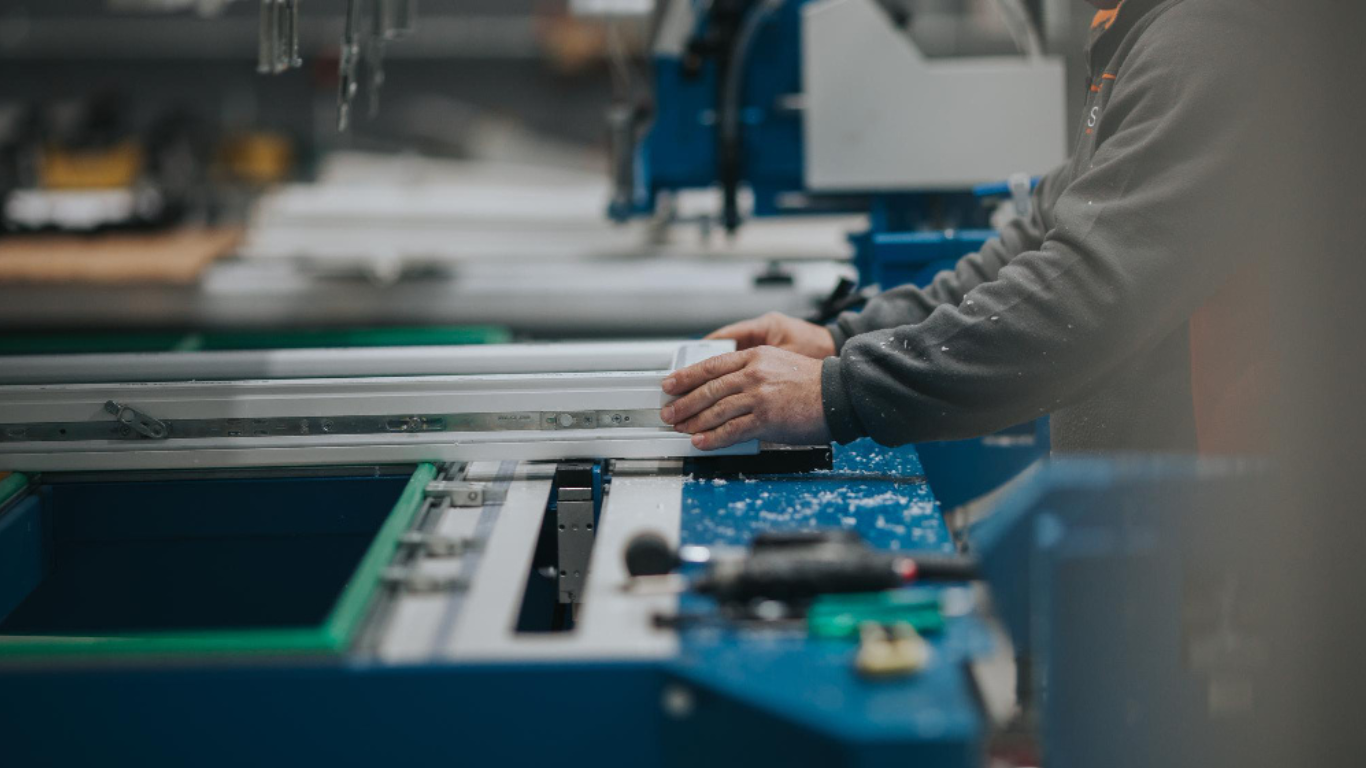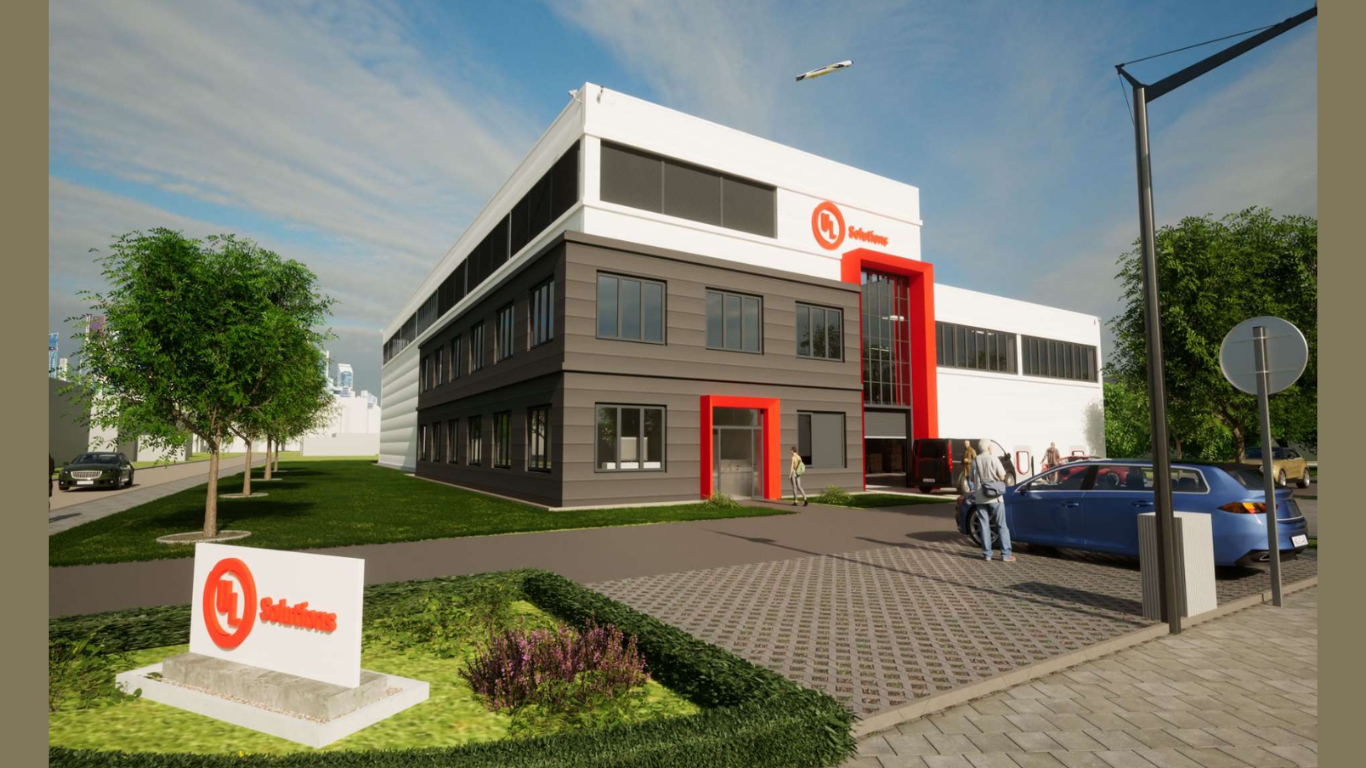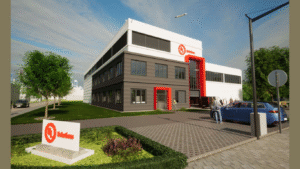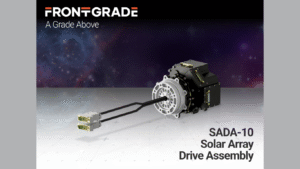In manufacturing environments where accuracy is paramount, even a slight deviation in component dimensions can introduce inefficiencies, compromise structural integrity, and increase downstream costs. One of the most overlooked yet critical contributors to these challenges is the quality of the initial cut in extruded profiles. Precision-cut extrusions are not merely a matter of clean edges. They represent a foundation for consistency, reliability, and high-quality assemblies.
The Impact of Inaccurate Cuts
Although minor discrepancies in cuts may seem insignificant at first, they often lead to larger issues during assembly. A component that is even slightly over or under the intended length can cause misalignment, increased wear, or assembly delays. In more complex systems, this can result in cumulative tolerance stack-ups that disrupt the overall function of the product.
Common compensations on the shop floor, such as manual filing, on-the-fly adjustments, or shim applications, may offer temporary solutions. However, these workarounds add labor time, introduce variability, and undermine process repeatability. When teams are consistently adjusting for inaccurate extrusions, production efficiency, product quality, and employee satisfaction can suffer.
Defining Precision in Cutting
Precision-cutting involves more than achieving a straight edge. It encompasses dimensional consistency, tight length tolerances, proper angle execution, and surface integrity. Advanced fabrication equipment, such as CNC saws, cold saws, and programmable measuring systems, has significantly elevated what is achievable in terms of cut accuracy.
Systems such as those from Elumatec, TigerStop, and Bosch provide highly repeatable cuts with tolerances as tight as ±0.1 mm. These systems are designed to handle high volumes with minimal deviation, ensuring that each cut meets the exact specifications required for subsequent assembly. This level of precision allows engineers to design with confidence, knowing that real-world components will conform closely to their digital models.
Functional and Structural Consequences
Precision in cutting is not simply a matter of aesthetics or surface finish. It directly affects how components fit and interact. A miscut profile in a CNC machine frame, for example, may alter the geometry of the entire structure, resulting in operational imbalances, vibration, or reduced service life. In structural frameworks, inconsistent lengths or improperly angled cuts can compromise load paths and stress distribution.
In short, the mechanical performance and dimensional integrity of the finished assembly are deeply tied to the accuracy of the cut extrusions. When components arrive precisely manufactured, the overall assembly process becomes more predictable and controlled.
The Role of Automation in Consistent Results
The integration of automation into extrusion cutting processes has introduced a new standard for repeatability and throughput. Machines equipped with servo-driven positioning, digital length verification, and real-time adjustment capabilities significantly reduce human error and material waste.
Moreover, automated systems do not fatigue or deviate with repetition. Whether producing five parts or five thousand, the quality remains consistent. This reliability enables manufacturing teams to scale production without compromising quality, while also reducing the need for inspection and rework.
In addition to established manufacturers like KASTO, Scotchman, and Bosch, several specialized engineering firms are advancing the field with purpose-built systems. For example, companies focused on developing advanced extrusion saw solutions are now designing lineal processing equipment that minimizes labor, reduces cycle times, improves part consistency, and virtually eliminates scrap. These systems not only deliver high-precision cuts but also contribute to smarter, leaner operations across industries.
Downstream Efficiency and Reduced Rework
A high-quality cut can reduce or eliminate the need for secondary processing steps such as deburring, grinding, or cleaning. Burr-free cuts allow for more efficient welding, better paint adhesion, and easier mechanical fastening. As a result, downstream teams spend less time correcting or adapting to flaws and more time focusing on value-added tasks.
This improvement in workflow predictability has further implications for quality assurance and production planning. When component variability is minimized at the cutting stage, the number of variables requiring control downstream is also reduced.
Elevating Expectations in Sourcing and Specification
Precision is often regarded as a design requirement, but it must also be enforced through procurement and manufacturing. Engineers and buyers should clearly communicate tolerance expectations to suppliers, particularly when extruded materials are a critical part of structural or mechanical systems.
It is not sufficient to assume that a vendor will adhere to standard tolerances unless explicitly specified. Material certification, equipment capabilities, and quality inspection processes should all be verified to ensure they align with the intended application.
Conclusion
Precision-cut extrusions serve as a foundational element in achieving consistent, high-quality assemblies. While cutting may appear to be a simple operation, its influence extends far beyond the initial fabrication stage. By investing in the right equipment, enforcing clear specifications, and expecting high standards from suppliers, manufacturers can significantly improve assembly accuracy, reduce rework, and enhance overall production efficiency.
Ultimately, a commitment to precision at the start of the process builds a strong foundation for every step that follows.
Article received via email






























